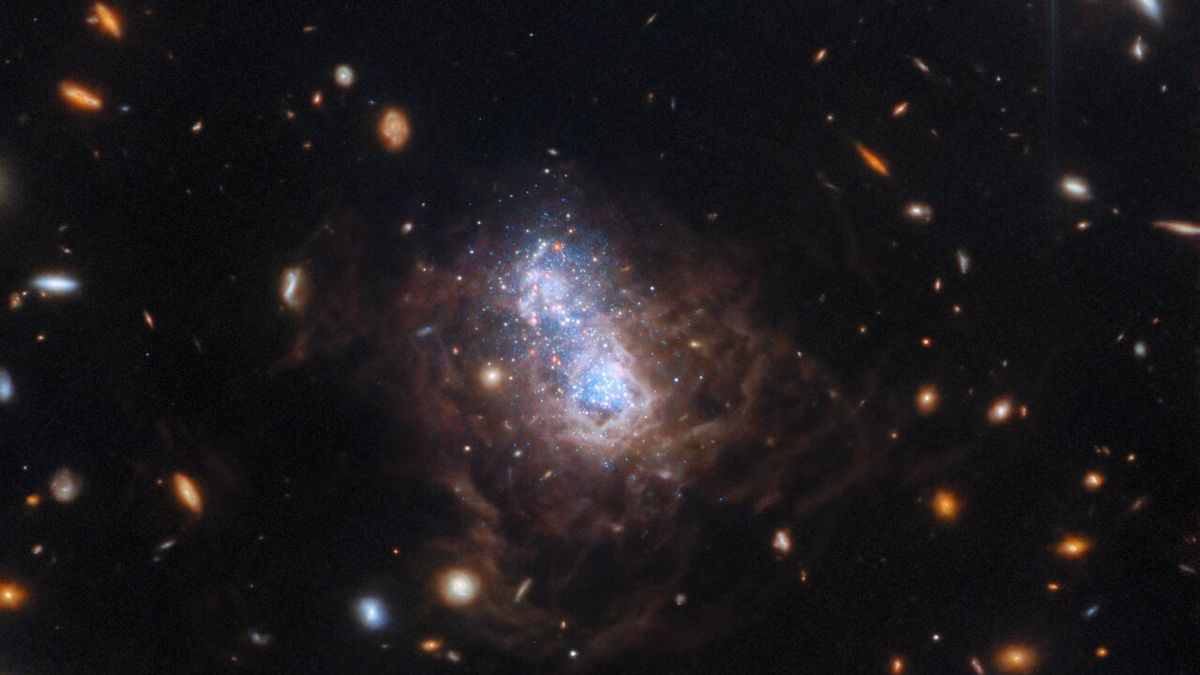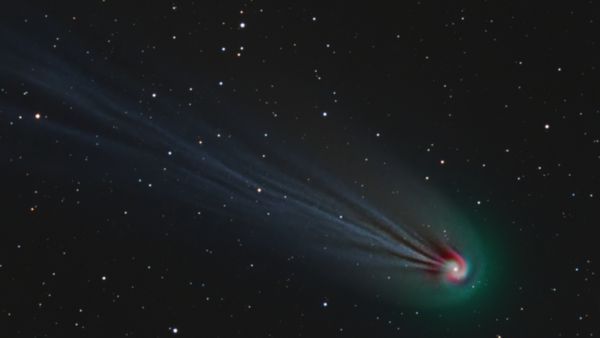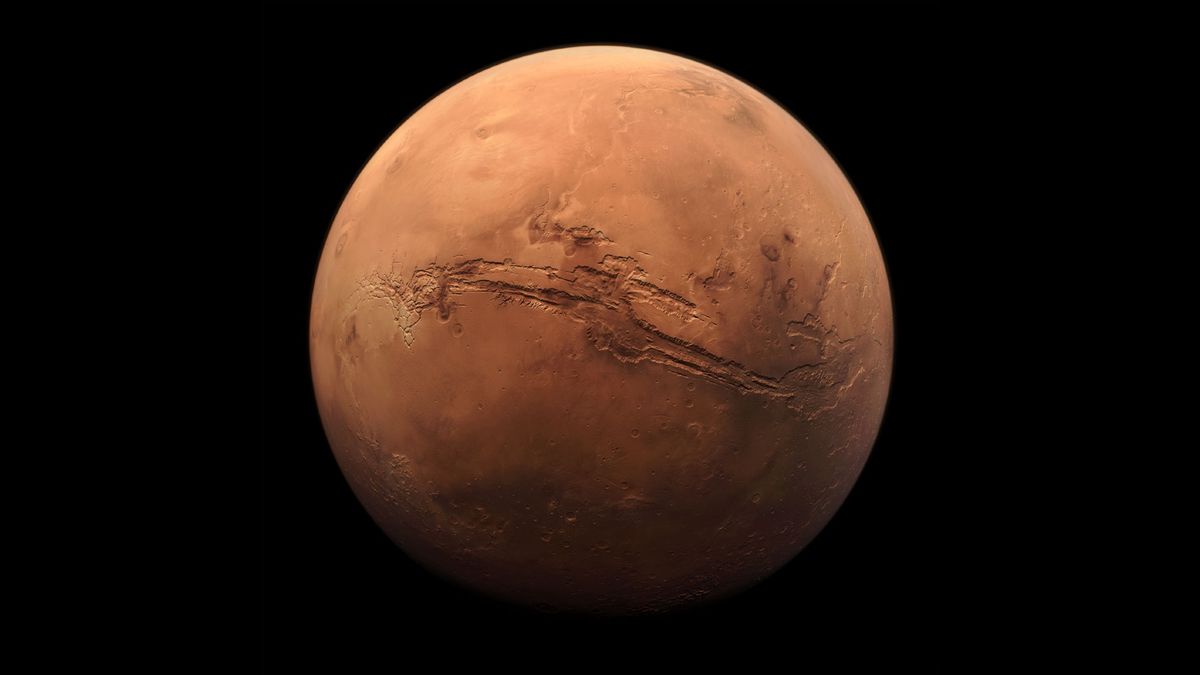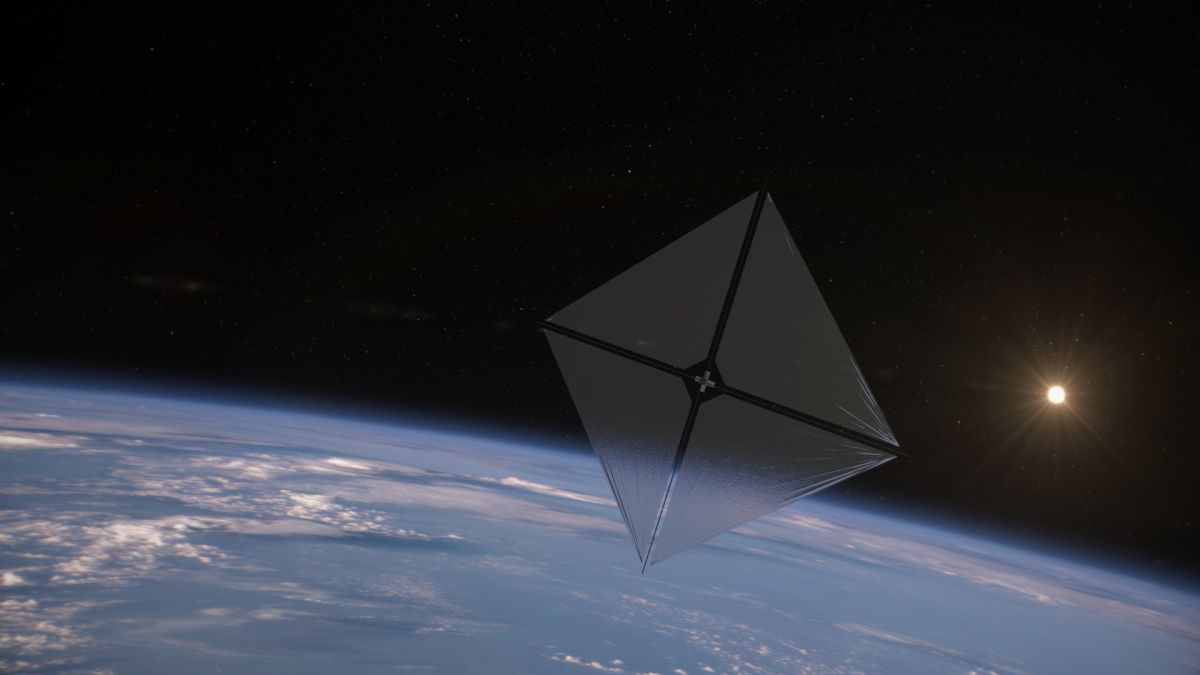Exploration of I Zwicky 18 Galaxy by James Webb Space Telescope
A recent image captured by the James Webb Space Telescope showcases the vibrant star formation within the galaxy I Zwicky 18, which is situated approximately 59 million light-years away from Earth. This galaxy, classified as a dwarf irregular galaxy, presents a stark contrast to the structured expanse of our own Milky Way galaxy.
Starburst Phenomenon
The observations made by the James Webb Space Telescope reveal multiple sudden bursts of star formation within I Zwicky 18, resulting in the formation of two distinct regions illuminated by white and blue stars at its core.
In the newly released image, wispy brown filaments encircle the central starburst area, symbolizing pockets of gas that have been heated by the intense ultraviolet radiation and stellar winds generated by young, hot stars. These findings were detailed in a statement by the European Space Agency.
Ancient Origins
Past observations conducted by the Hubble Space Telescope unveiled older, fainter red stars scattered throughout I Zwicky 18, hinting at star formation processes that may have commenced over a billion years ago, and potentially as far back as 10 billion years ago. While the JWST had previously detected mature and dusty stars, the latest image captures indications of more recent star formation, potentially triggered by an interaction with a neighboring companion galaxy visible in the image.
According to the European Space Agency’s statement, the newer data from the James Webb Space Telescope suggests that the prominent bursts of star formation in different regions of I Zwicky 18 occurred at varying times. The northwest lobe of the galaxy is believed to have experienced the most recent intense starburst activity compared to its southeast counterpart, based on the distribution of younger and older stars noted in each lobe.
Implications and Discoveries
This breakthrough image released on March 26 serves as part of a comprehensive initiative to investigate the dust life cycle within I Zwicky 18. By leveraging the capabilities of the JWST to observe the galaxy at infrared wavelengths, scientists can delve deeper into the intricate details of this celestial body, building upon the optical observations conducted by the Hubble Space Telescope.
The uniqueness of I Zwicky 18 lies in its incredibly low concentration of elements heavier than helium, a characteristic that distinguishes it from the majority of galaxies within the local universe. This peculiarity makes the galaxy a focal point for research, as it mirrors the conditions believed to exist in the earliest star-forming galaxies at high redshifts. Consequently, the ongoing study of I Zwicky 18 by the James Webb Space Telescope is expected to provide valuable insights into the life cycles of stars and dust during the nascent stages of the universe.
Image/Photo credit: source url





